Metabolic activities of microbes a threat to monuments: scholar
Experts discuss preservation projects and the issues that mar them.
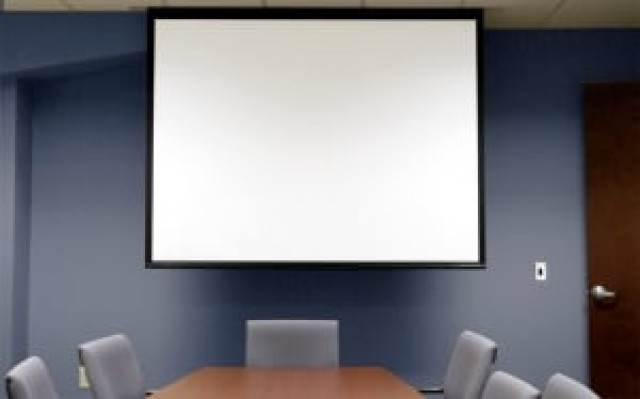
Structures of monuments are subjected to cracking, blistering, fragmentation, staining, leaning, pitting and disfiguration due to the physiological and metabolic activities of microbes. This was stated by a scholar from Hazara University, Mansehra.
Muhammad Farooq was presenting his paper on “Microbial Decay of Cultural Heritage of Pakistan” on the second day of the international conference on archaeology and cultural heritage here on Friday. His paper brought to the fore the complex nature of decay and preservation.
Another participant Seerat Hussain, 27, commented, “I’ve always been very annoyed at the lack of efforts in preserving Pakistan’s beautiful buildings and heritage. But after this conference I’m realising what an intricate and tasking process preservation is.”
She added, “The complexities in preservation, do we have enough resources and manpower to undertake this enormous feat? I think that’s why US funding is very valuable.”
The US government has provided over $1.8 million towards 17 cultural preservation projects in Pakistan over the last decade, according to the US ambassador.
Scholars presented research papers on topics ranging from conservation and museum development to archaeology and ethnology.
Dr Zainul Wahab’s paper on “Dir Museum: Issues of preservation and reconstruction” explained that in 2007 the Taliban captured Dir Museum in addition to various buildings and institutions in Tehsil Adenzai. However, it was the brave curator of the museum, who negotiated with the Taliban and managed to convince them to not cause any damage to it.
When the army took over the area, Dr Wahab proposed and established a Muslim gallery in the museum. These accounts, in addition to the technicality of decay and preservation, proved to be highly educational and interesting, said the participants.
The four-day conference is sponsored by American Institute of Pakistan Studies, with support from the US embassy, in collaboration with the Department of Archaeology and Museums Ministry of National Heritage and Integration.
The conference aims to serve as a platform for Pakistani, US and other regional scholars to share their recent discoveries and discuss ongoing problems of dating and classification. In addition to leading scholars from Pakistan, three leading scholars from Afghanistan and six from India are also part of the conference. Students, faculty members from universities, members from various ministries and NGOs are attending the conference.
The day ended with a cultural performance of Chitrali and Kalashi music and dance.
Published in The Express Tribune, January 7th, 2012.



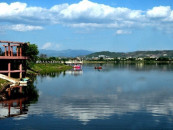

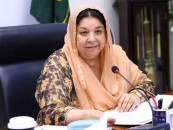


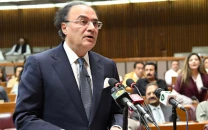
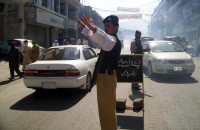
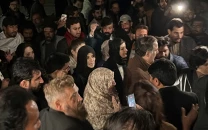
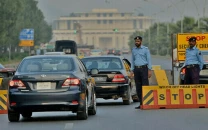
1729471601-0/image-(8)1729471601-0-208x130.webp)






COMMENTS
Comments are moderated and generally will be posted if they are on-topic and not abusive.
For more information, please see our Comments FAQ